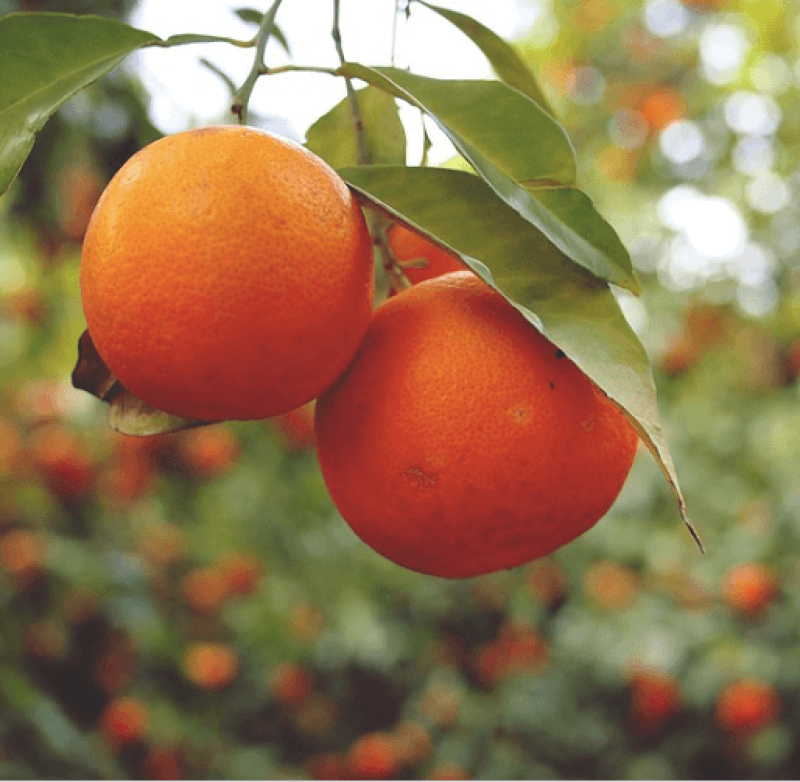Welcome to the [Nian Wang] lab, the hub of one of the most promising areas of research on citrus greening. Wang is an international leader in applying to citrus a new gene editing technique known as CRISPR.
By tricking a fruit into sending itself instructions to snip out the gene sequences that program it to welcome citrus greening bacteria into its cells, Wang believes he’s getting close to finding an off switch for the disease that’s threatening the future of citrus in . . . in Florida.
. . . .
Wang’s technique would rapidly produce a tree that . . . has none of the elements of genetic engineering that consumers find most objectionable.
. . . .
He has had tremendous success in hitting the off switch for another citrus disease called canker. He now believes he’s done it for greening. There are still greenhouse and field tests to be done to validate the lab work.
. . . .
Jack Payne is the University of Florida’s senior vice president for agriculture and natural resources and leader of the Institute of Food and Agricultural Sciences.
The GLP aggregated and excerpted this blog/article to reflect the diversity of news, opinion and analysis. Read full, original post: A Polk Perspective: On greening, no room for error































